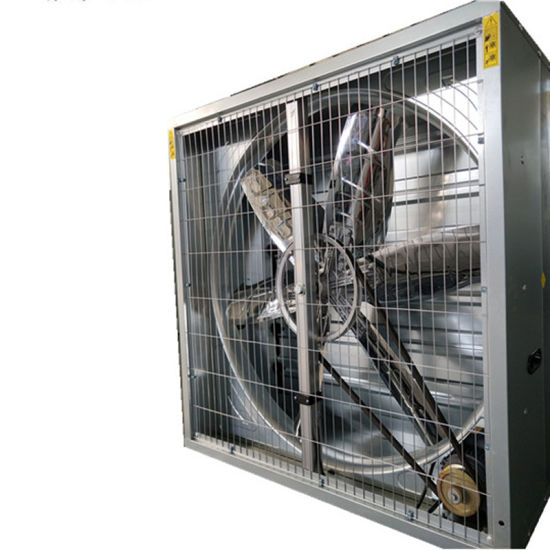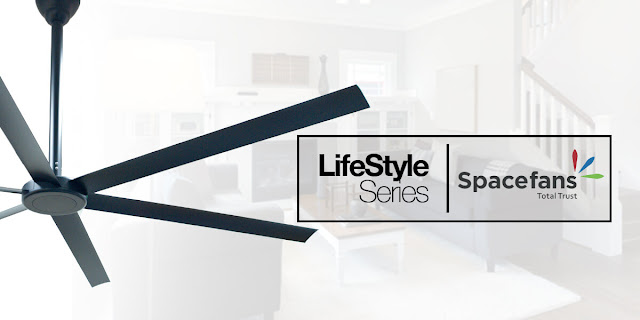What are some effective ways to maximize ROI with HVLS fans?
What is HVLS fans? HVLS fans, as the name suggests,
High-Speed Low Volume fans, are those who are big in size, but they move slowly.
They are used to circulate the air on the areas where air circulation is much
needed. These large, slow-moving fans can save you a lot of energy when they
are used correctly.
Use HVLS fans in Winter
During colder months, many factories often have more than a 20-deg,-F
difference between the floor and ceiling. Typically, the air temperature will
be 0.5 to 1 deg.-F more heated for every measure in height. A heating system
must work hard for long periods to sustain the temperature near the floor or
waste costly energy and dollars at the thermostat set point. Using HVLS fans
can be easy if you choose the right HVLS fan supplier in Singapore.
They will guide you with all the fan's controls and features, which you can use
to reduce energy consumption by 30%.
You should consider some factors before buying HVLS fans, which include
difficulties like pallet racks, machinery and product staging, personnel work
areas, and overall building layout. Larger-diameter fans (24 ft in diameter)
will move air further down rack ways and over obstacles. Small-diameter fans
(8-, 10-, and 12-ft) are most useful in particular work areas. In the past few
years, floor-mounted ceiling fans' demand has been increasing, where overhead
obstacles prevent traditional ceiling-mounted HVLS fans.
If you buy HVLS fans from the right HVLS fan supplier in
Singapore, you will get many features in your fan, which can cover an area
up to 22,000 sq ft. However, it isn't enough for some facilities. Programmable
systems can manage as many as 18 HVLS fans, and allow employees to:
- Control fan
operation based on building's temperature
- Schedule fans
to operate only when required
- View
individual fan settings
- Control energy
use and troubleshoot various VFD error codes
Other control systems can also be combined with building-management
systems, making it possible to adjust fan control with other building purposes.
Share space with fabric curtain walls
Small spaces take less energy to heat or cool than extensive spaces.
However, industrial facilities tend to include large, wide-open areas. Flexible
fabric curtain walls can be an essential complement to HVLS fans. These curtain
walls can maximize a facility's complete HVAC environment-control system by
segmenting off areas that require widely treated air, further minimizing waste.
Related Article-How to select the right industrial fan for a warehouse?




Comments
Post a Comment